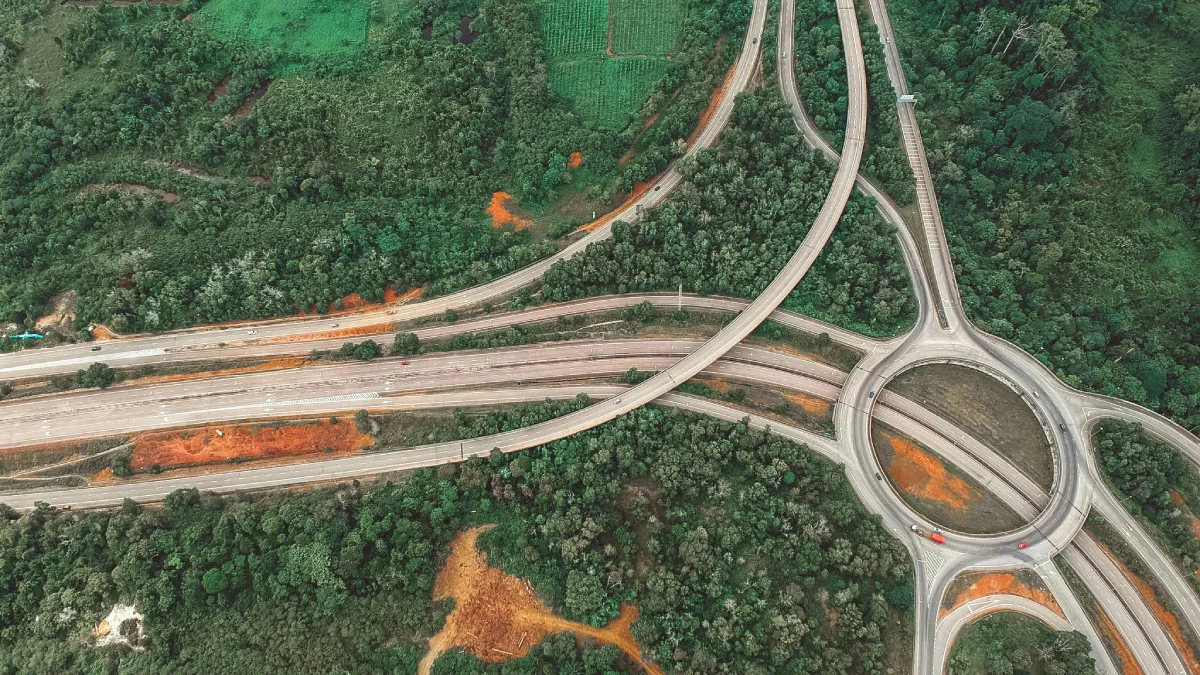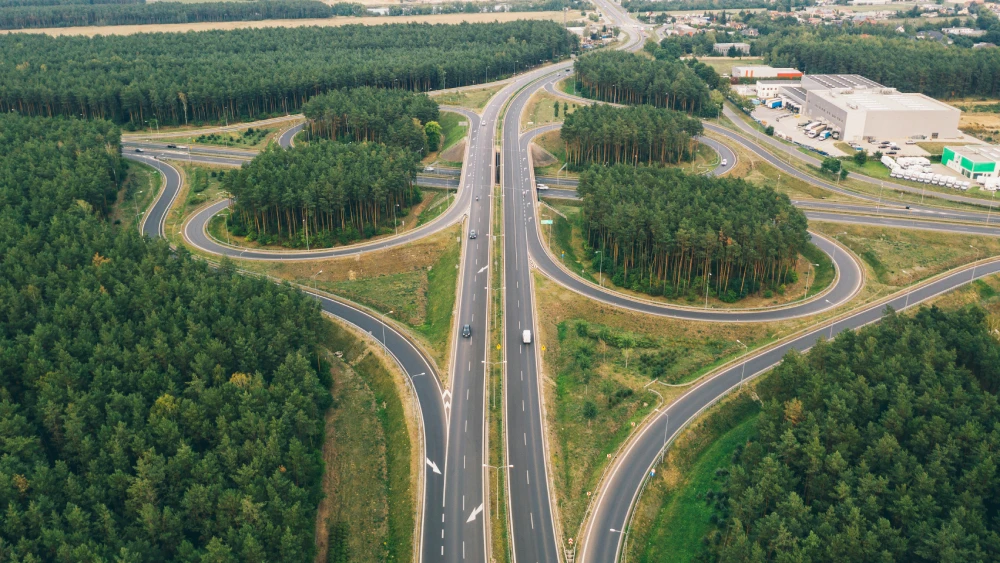

Variable Message Signs, commonly abbreviated as VMS, are dynamic traffic signs capable of displaying different messages according to the prevailing conditions. These signs serve a crucial role in guiding motorists, providing real-time information on traffic conditions, hazards, speed limits, and more. Traditionally, VMS relied on manual operation, limiting their responsiveness and effectiveness in dynamically changing traffic scenarios.
Variable message signs play a crucial role in modern traffic management, offering real-time updates to drivers about changing road conditions, hazards, accidents, and other critical information.
These signs serve as a lifeline, empowering authorities to communicate urgent messages instantly, enabling drivers to make informed decisions and take appropriate actions to avoid dangerous situations.
Whether warning of upcoming accidents, suggesting alternate routes during traffic congestion, or alerting drivers to adverse weather conditions, variable message signs enhance road safety by reducing confusion and improving driver awareness, ultimately preventing accidents and potentially life-threatening situations.
The integration of automation with VMS marks a significant leap forward in traffic management. Companies like Fits Traffic and Triplesign are at the forefront of this innovation, leveraging technology to automate the operation and management of VMS. Through sophisticated algorithms and real-time data integration, for example with weather stations, these systems can adaptively adjust messages displayed on VMS, ensuring timely and accurate information for motorists.
In addition to enhancing efficiency, the collaboration is driving sustainability in traffic management. Solar-powered VMS, such as those offered by Triplesign, represent a sustainable alternative with zero carbon footprint. Unlike traditional LED VMS that require continuous power, solar-powered VMS utilize reflective foil to display messages, significantly reducing energy consumption.
As technology continues to evolve, the potential for innovation in traffic management is limitless. The combination of automation, sustainable energy solutions, and advanced VMS technology is paving the way for smarter, more efficient road networks. By leveraging the expertise of technology companies and VMS producers, we can create safer, more sustainable environments for road users while reducing the carbon footprint of our transportation systems.
In conclusion, the collaboration between technology companies and Variable Message Signs producers represents a paradigm shift in traffic management. Through automation and sustainable solutions such as solar-powered VMS, we are not only enhancing efficiency and safety on our roads but also contributing to a greener, more sustainable future. As we embrace these innovations, we move closer to realizing the full potential of smart transportation systems that benefit both the environment and road users alike.